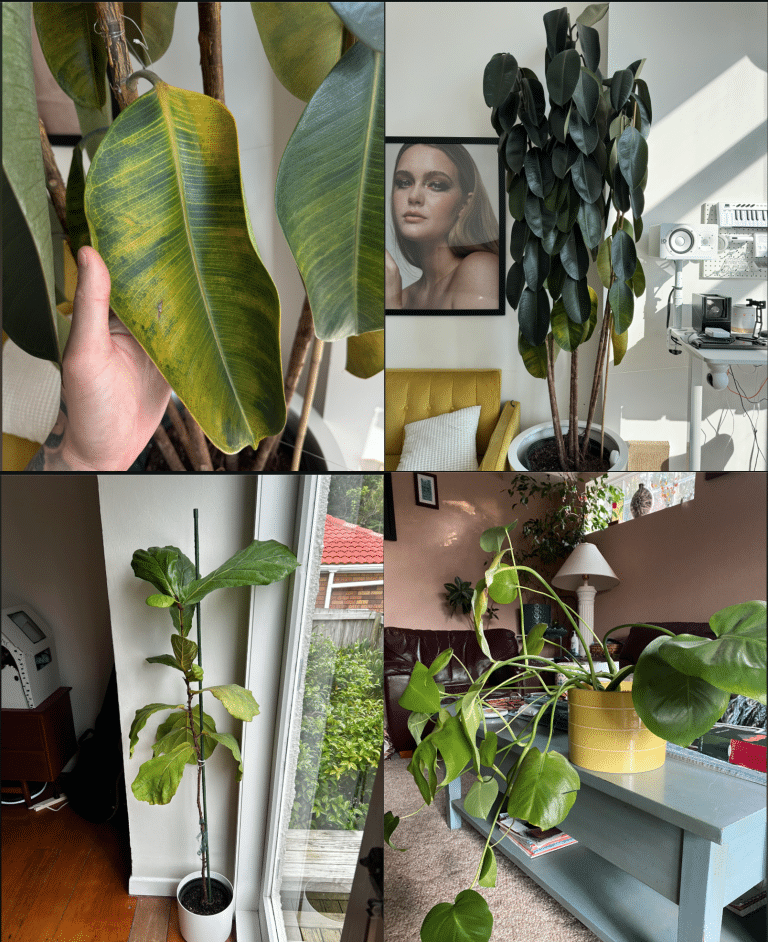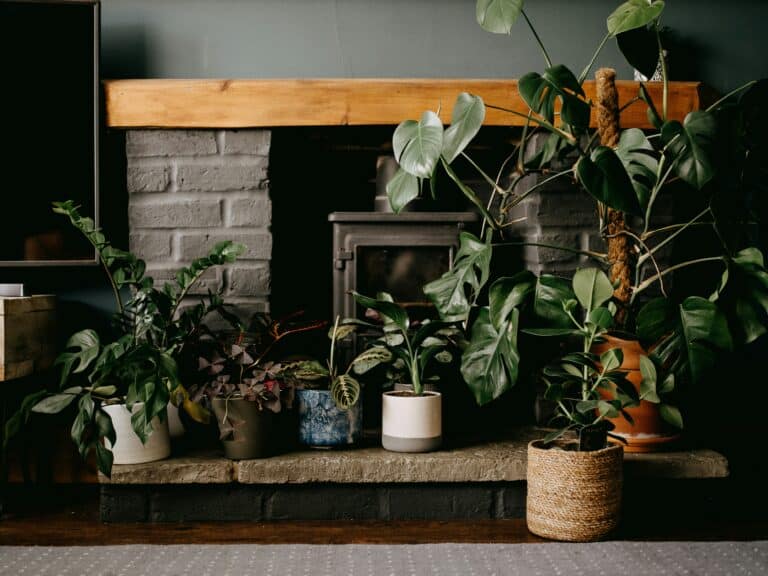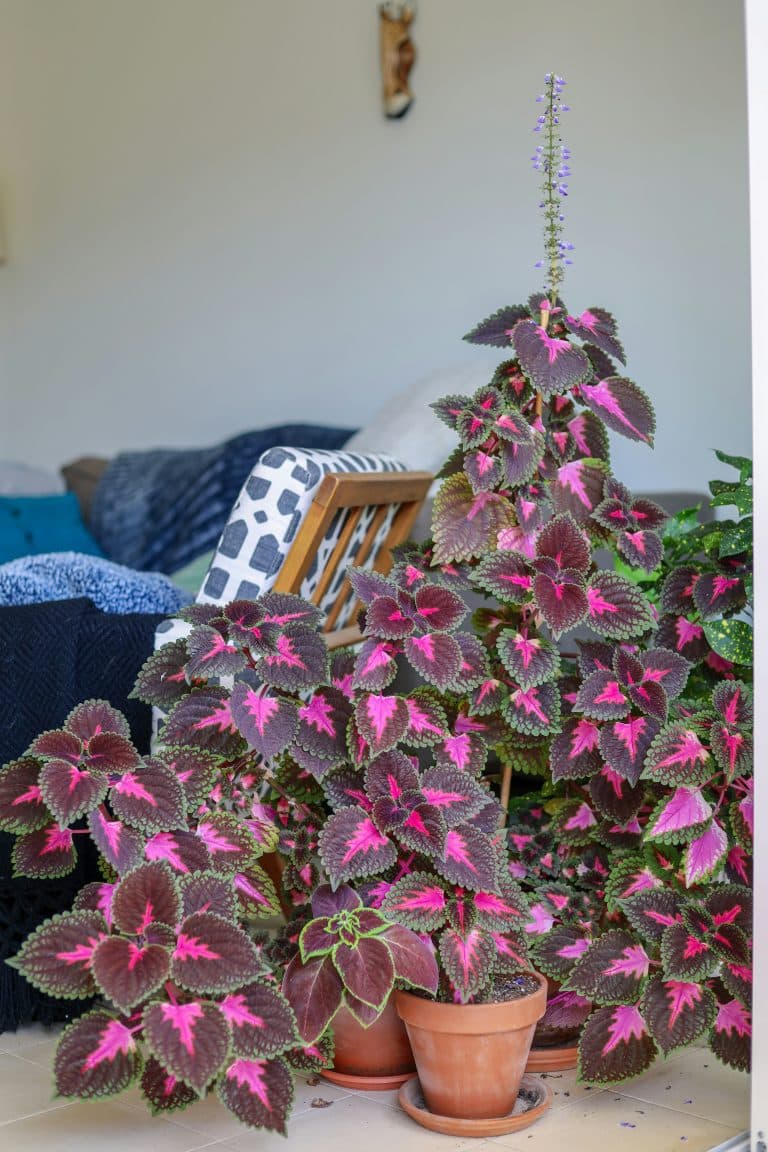5 Fast Growing Indoor Trees to Fill Your Home with Life (& Where to Buy!)
Explore our curated list of fast growing indoor trees, grown in our Brooklyn community home. Discover the care and maintenance tips, along with how to decorate them in your home!

When you purchase through links on our site, we may earn an affiliate commission, which helps sustain our blog!
Want to transform your space with lush, towering greenery—fast? While many indoor trees take years to reach their full height, some varieties grow surprisingly fast! Whether you’re after an air-purifying giant or a statement piece for your living room, choosing the right fast-growing indoor trees can make all the difference. Let’s explore the best trees that grow quickly indoors, even the ones in low light, plus tips to keep them thriving and growing fast!
Summary:
What are the best fast growing indoor trees?
Best fast growing indoor trees are: Fiddle leaf fig, Areca Palm, Rubber tree, Money Tree, and Parlor palm. These are easy to care for, and thrive. intypical home conditions!
Snapshot of our Top 3 picks(Swipe left)
1. Fiddle leaf fig

2.Money Tree
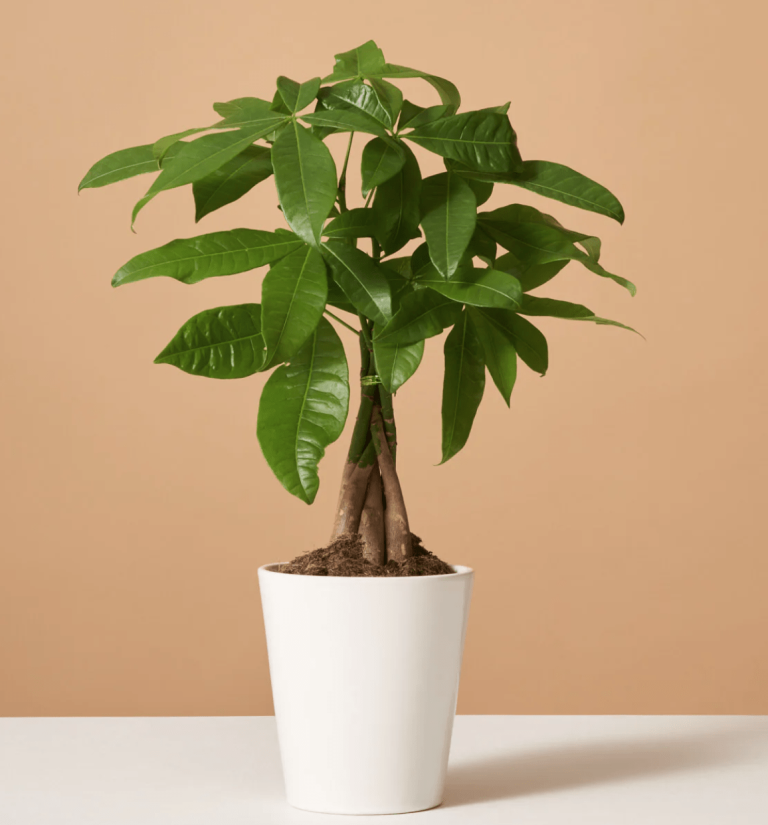
3. Areca Palm
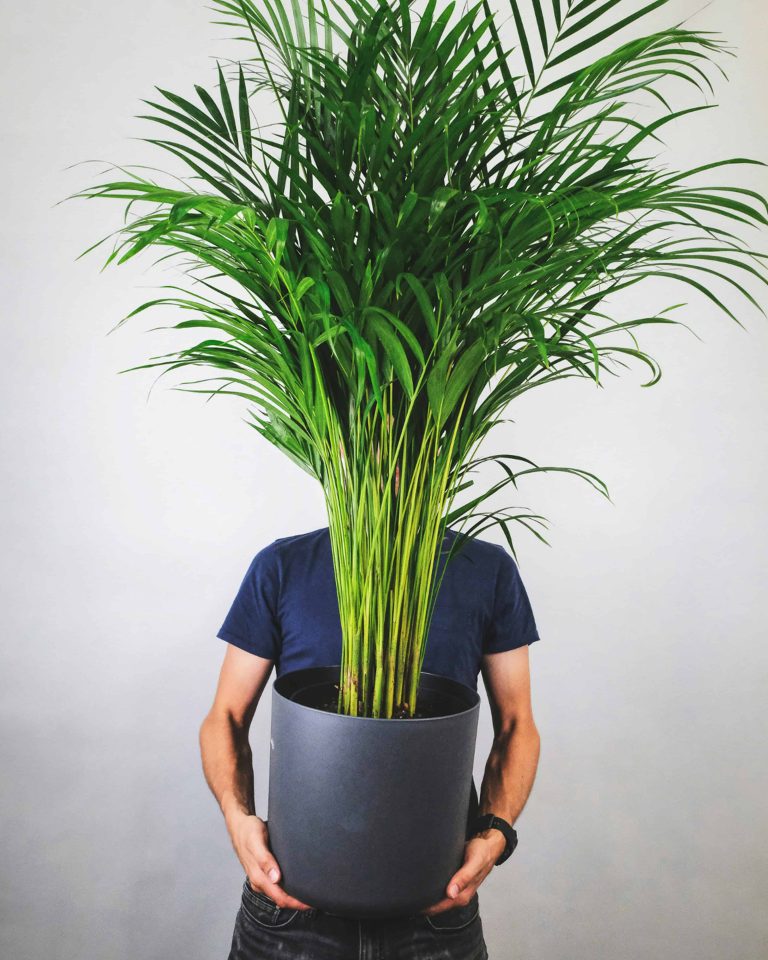
Here are our 5 pet safe low light indoor trees
1. Areca Palm

Pet safe
Low light
Grows upto 12 feet
East/west facing windows
Pet safe
Low light
grows to 12 feet
East/West facing windows
The Areca Palm (aka Dypsis lutescens), belonging to the Arecaceae family, is a tropical tree with feathery, arching fronds, each adorned with numerous slender leaflets, creating a soft, tropical ambiance!
We’ve placed ours in the east-facing reading room, where it receives gentle morning sunlight. A ceramic planter complements its elegant foliage, adding a touch of sophistication.
Care tip:
- Thrives in bright, indirect light. Water it when the top inch of soil feels dry — usually every 1-2 weeks.
- Drooping leaves signal overwatering or insufficient light. Consider misting it occasionally or placing a humidifier nearby to mimic its tropical origins.
Propagation tip:
- Separate one of the offshoots with its own roots and plant into potting soil. Water regularly to keep the soil moist, and place it in bright, indirect light. Root development for the new plant can take several weeks, unfortunately.
Symbolism and zodiac signs:
- The Areca Palm symbolizes peace and prosperity – apt for Libra’s appreciation for harmony and beauty in their environment.
Pros and cons
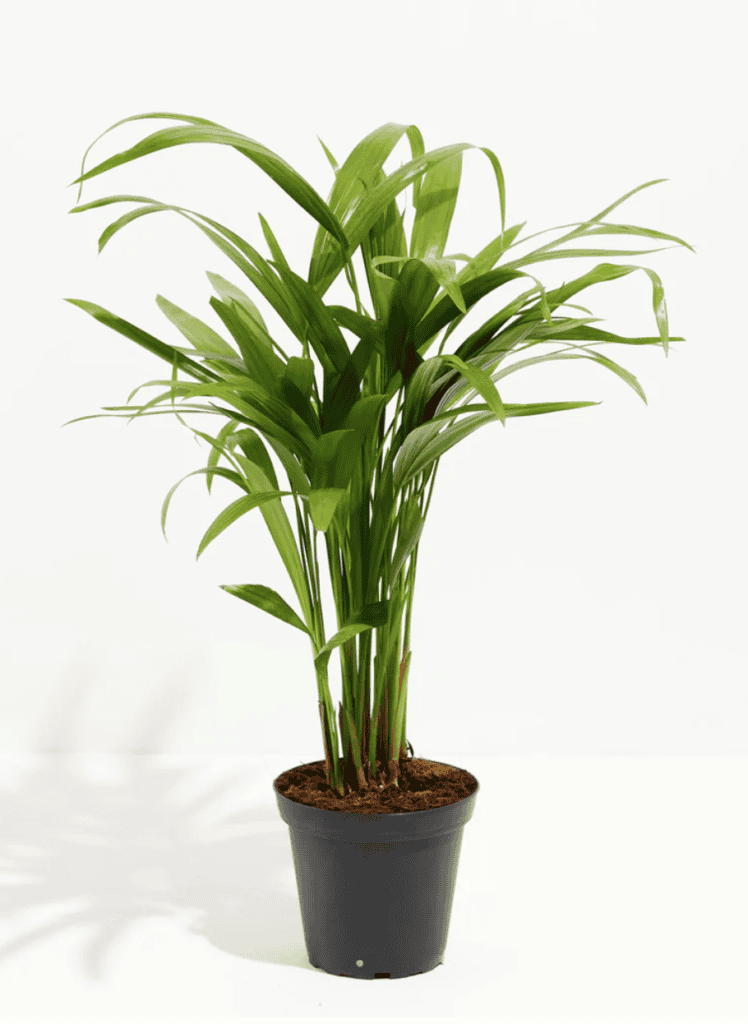
($43)
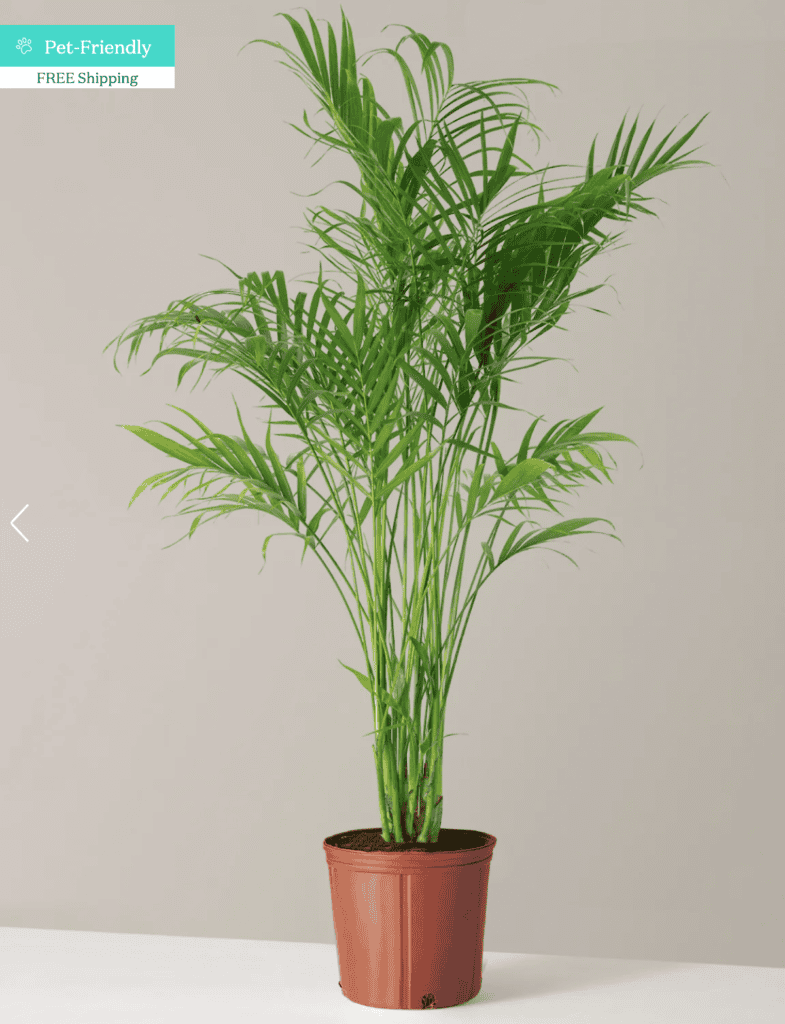
($98)
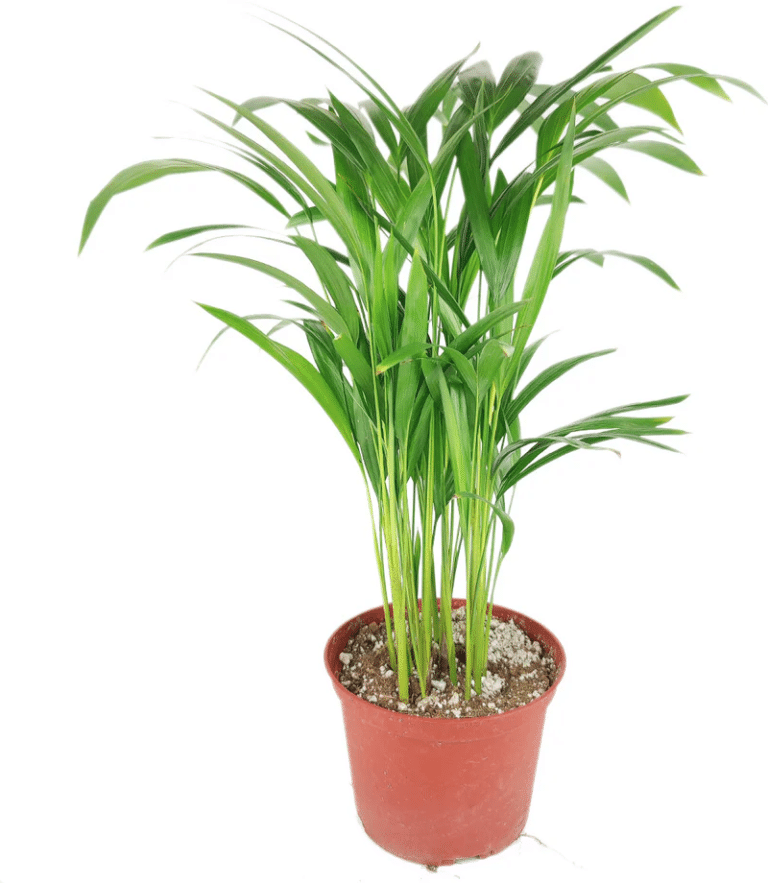
($49)
$41
“Easy to care for and looks tropical and fantastic. It’s a great addition to my home office”
2. Fiddle leaf fig
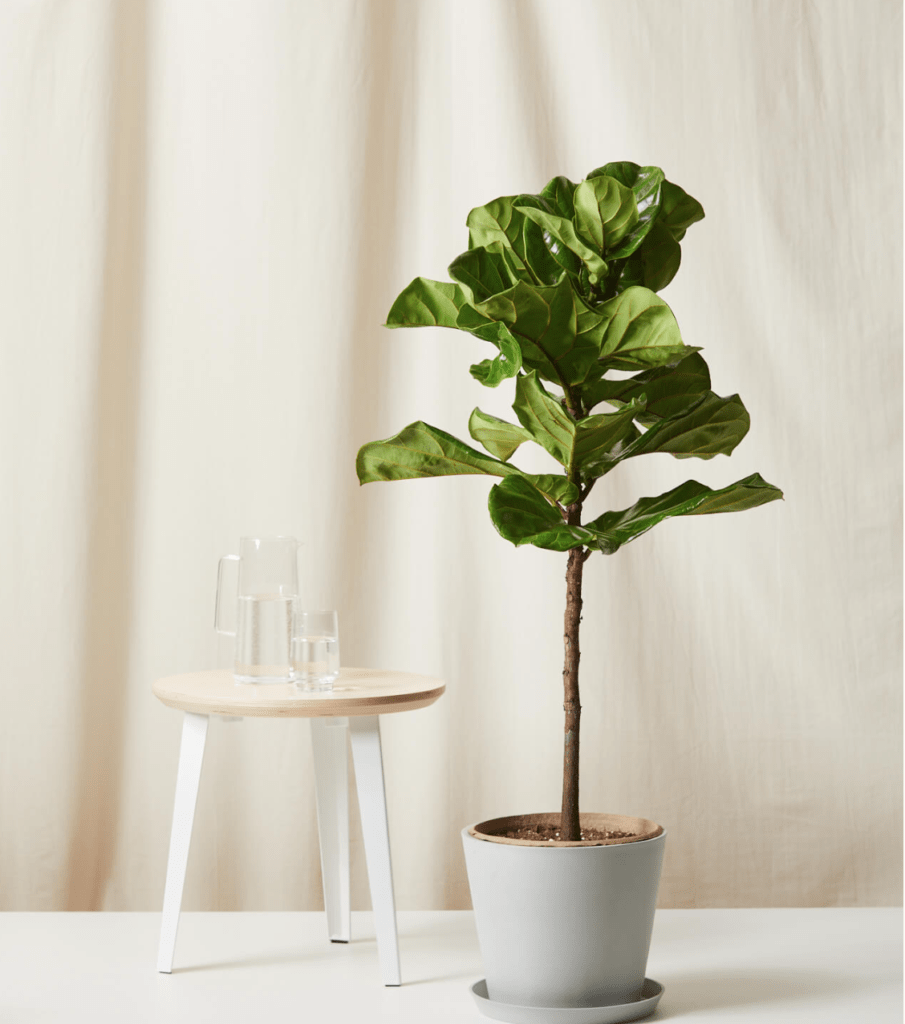
Mildly toxic
Medium to bright light
Grows upto 10 feet
West/South facing windows
Mildly Toxic
Medium to Bright light
grows to 10 feet
West/south facing windows
The Fiddle Leaf Fig (aka Ficus lyrata), a member of the Moraceae family, has large, violin-shaped leaves with prominent veining which create a bold, architectural statement. When mature, it can reach heights of up to 10 feet indoors!
We’ve positioned ours in the east-facing reading room, where it enjoys gentle morning light without the harsh afternoon sun. To complement its elegant foliage, we’ve chosen a sleek ceramic planter that adds a modern touch to the room’s decor.
Care tip:
- Thrives in medium to bright, indirect sunlight—ideal for a spot near an east-facing window where it gets morning light. Can tolerate lower light.
- Water it when the top inch of soil feels dry, typically once a week, less often in winter.
- Drooping or browning leaves usually signal over- or under-watering.
- Rotate your plant every few months and definitely to prevent it from leaning towards the light.
Propagation tip:
- Select a healthy leaf with about 1 inch of stem, and make a clean cut just below a node (where leaves attach to the stem).
- Place the cutting in a glass of water, ensuring the node is submerged.
- Change the water weekly and keep the glass in bright, indirect light.
- Roots typically appear in 4-6 weeks, after which you can pot it in well-draining soil.
Symbolism and zodiac signs:
- Symbolizes growth and abundance. Well-suited for Taurus, known for their affinity for stability and aesthetic pleasures.
Pros and cons
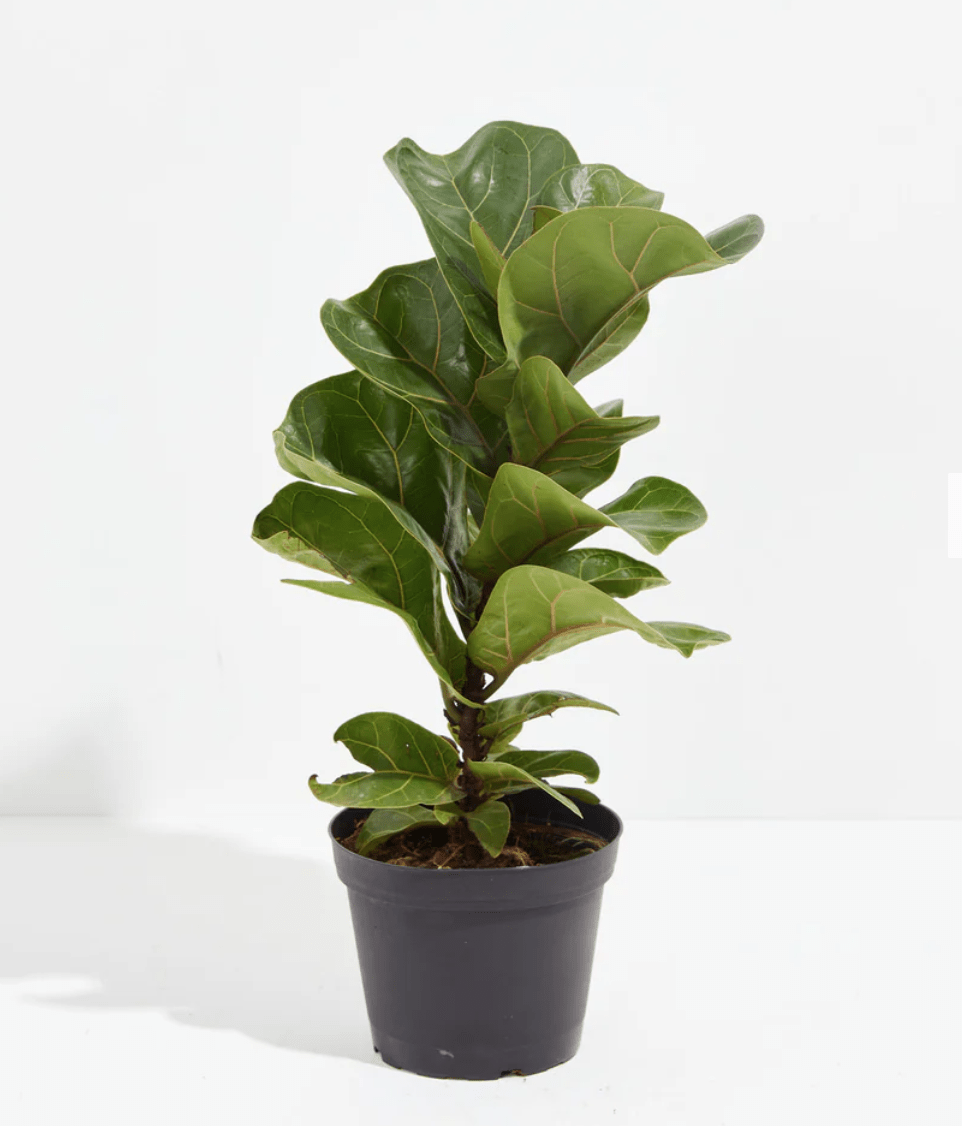
($58)
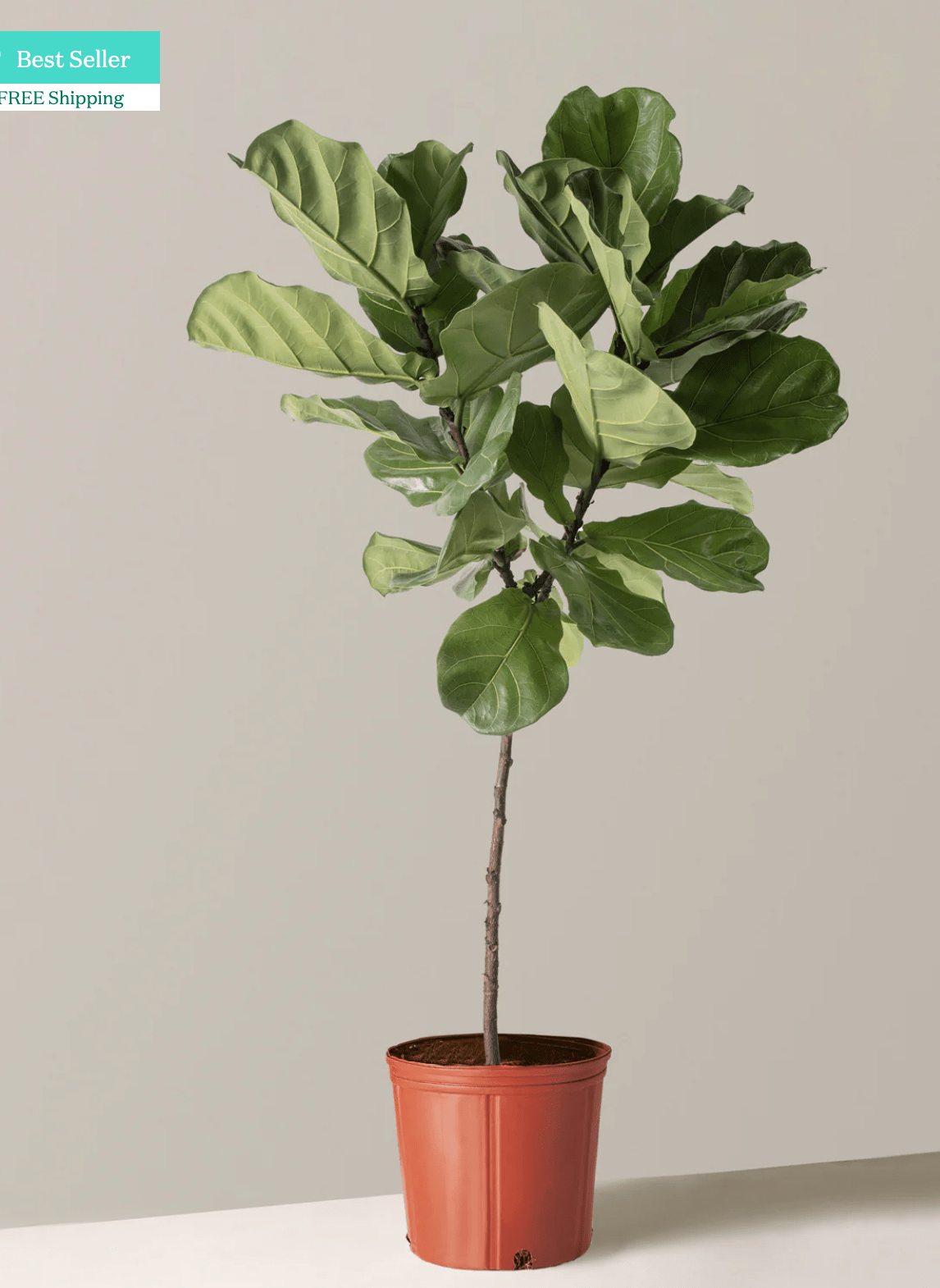
($98)
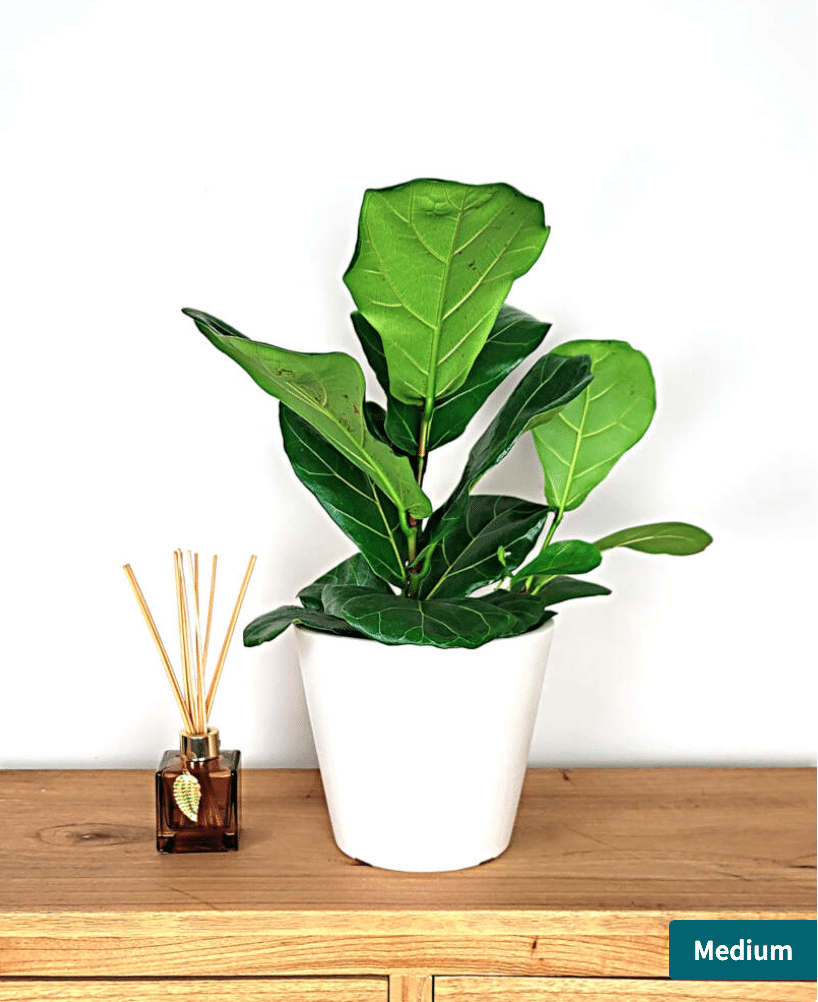
($36)
($31)
“It was tiny when i got it and it has now grown at least 5 feet taller in the past two years” – LivelyRoot customer
3. Rubble tree
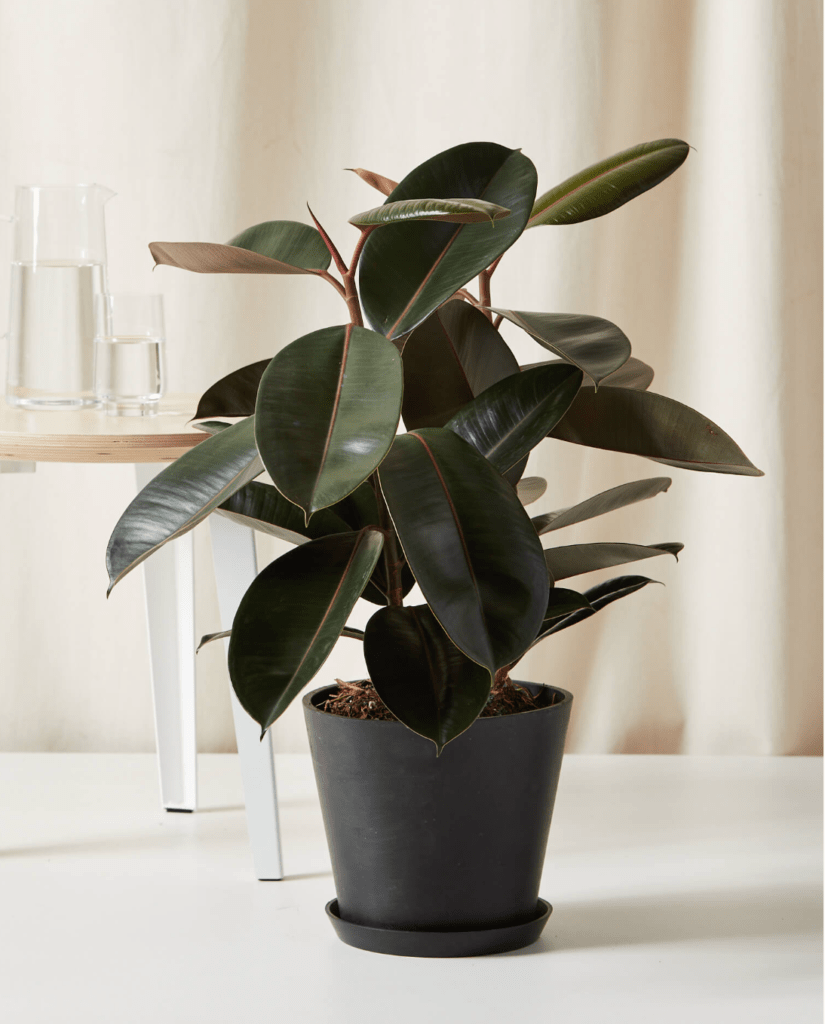
Toxic
Bright light
Grows upto 10 feet
East/South facing windows
Toxic
Bright light
grows to 10 feet
East/South facing windows
The Rubber Tree (aka Ficus elastica), a member of the Moraceae family, has large, glossy leaves, ranging from deep green to rich burgundy which creates a bold visual statement. When mature, this plant can reach heights of up to 8 feet indoors!
This tropical beauty thrives in bright, indirect light but can also tolerate lower light conditions. We’ve placed ours in the west-facing living room on the first floor, where it enjoys the gentle afternoon sun.
It’s important to note that the Rubber Tree’s sap contains latex, which can cause mild skin irritation upon contact. Therefore, it’s advisable to wear gloves when pruning or handling the plant.
Read also: Burgundy Rubber Tree
Care tip:
- The Rubber Plant thrives in low to medium indirect light.
- Needs watering when the top inch of soil is dry. Avoid direct sunlight to prevent leaf scorch.
- Mist occasionally to keep its bold foliage glossy!.
Propagation tip:
- Cut a 6-inch stem with at least two leaves, place it in water until roots are 1-2 inches long (about 4-6 weeks), then transplant into well-draining soil
Symbolism and zodiac signs:
- Symbolizes abundance and good fortune — perfect for Taurus, known for their patience and love for nurturing greenery
Pros and cons
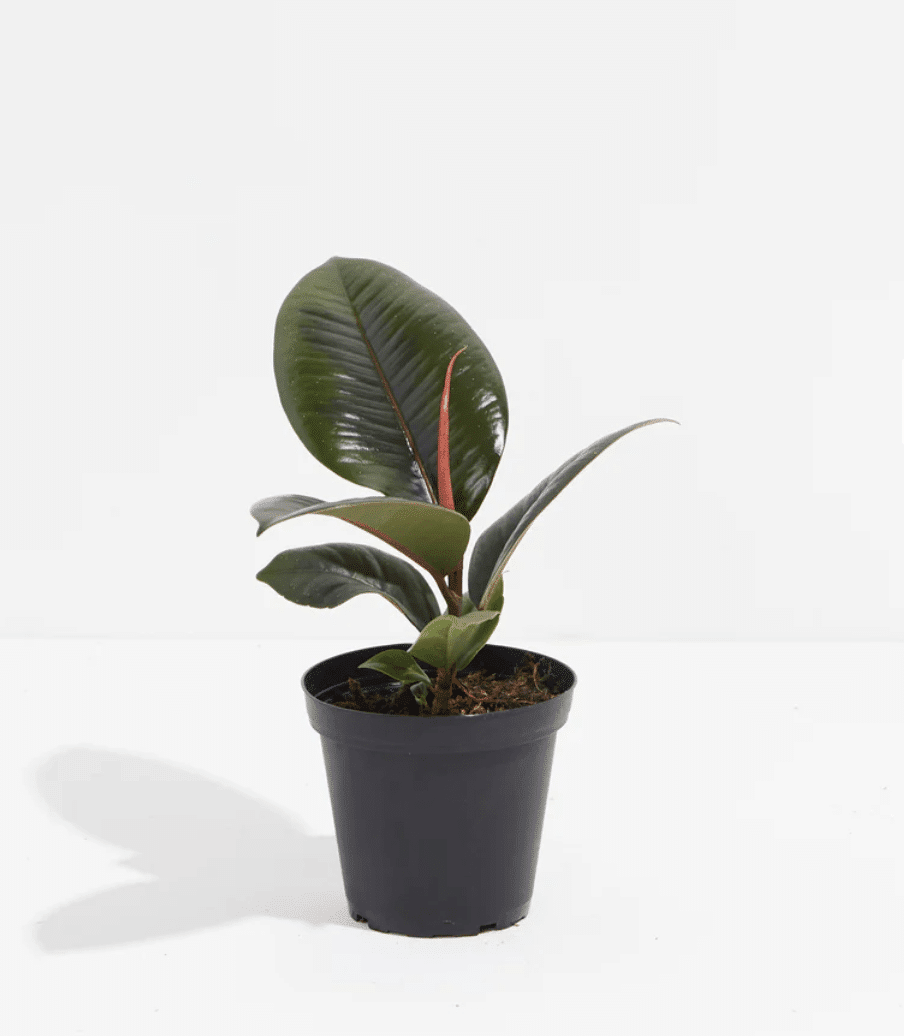
($43)
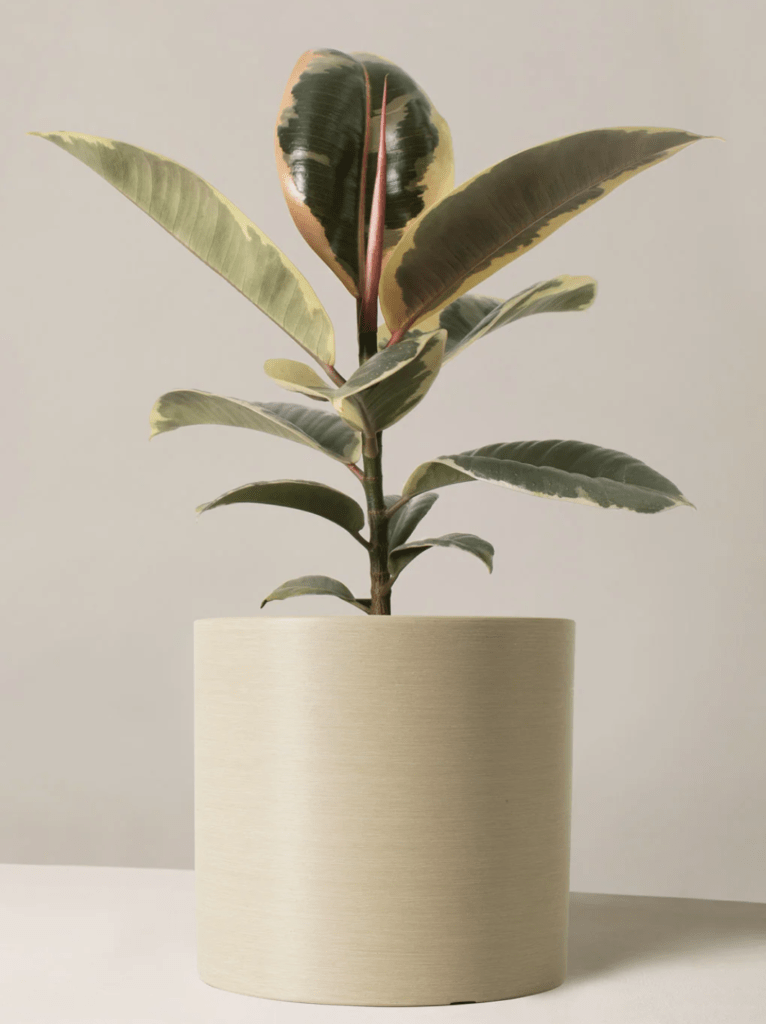
($48)

($19)
$43
“The Ficus is a statement piece in my living room. The variegated leaves are stunning and it’s very easy to care for”
4. Parlor Palm

Pet safe
low light
Grows upto 6 feet
east/north windows
Pet safe
low light
grows to 6 feet
East/North facing windows
The Parlor Palm (aka Chamaedorea elegans), also a member of the Arecaceae family, is cherished for its resilience and charm. Its delicate, dark green fronds arch gracefully from slender stems, bringing a touch of understated elegance.
We’ve placed ours in a north-facing bedroom on the third floor, where it adds life to the subdued lighting. A terracotta pot enhances its natural appeal!
Care tip:
- Water it moderately—allow the topsoil to dry out between waterings.
- It’s important to avoid overwatering to prevent root rot
- Keep an eye out for drooping or yellowing leaves which can indicate that the plant is either too dry or too wet
Propagation tip:
- Sow the seeds in a well-draining potting mix, barely covering them with soil.
- Keep the soil consistently moist and in a warm environment: germination can take several months.
Symbolism and zodiac signs:
- Symbolizes peace and tranquility, making it an excellent plant for creating a serene environment. Taurus, a zodiac sign known for its love of stability and natural beauty
Pros and cons
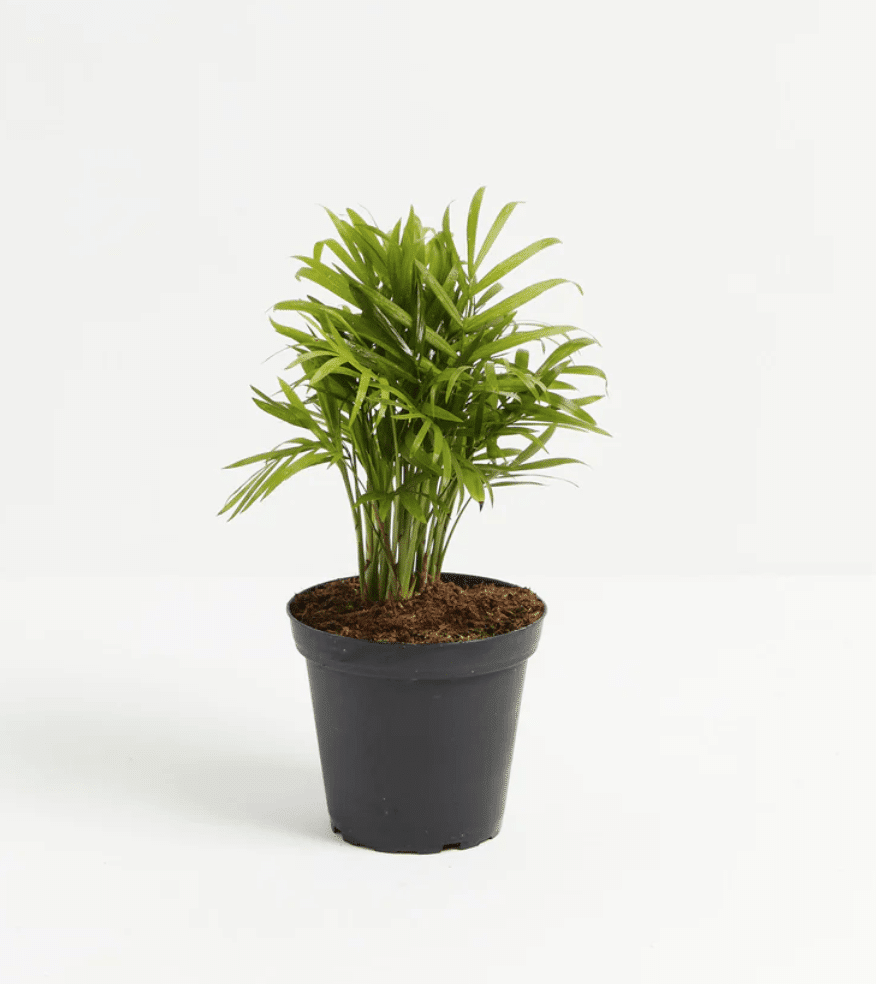
($43)
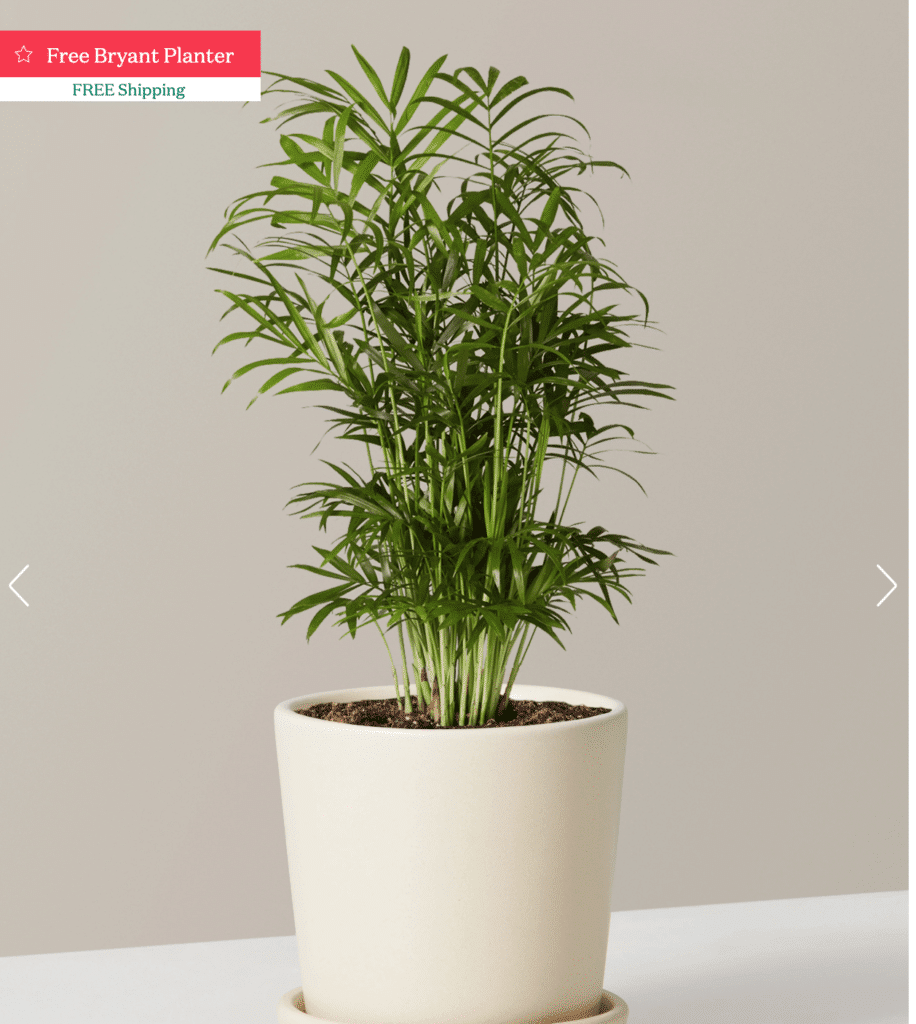
($38)
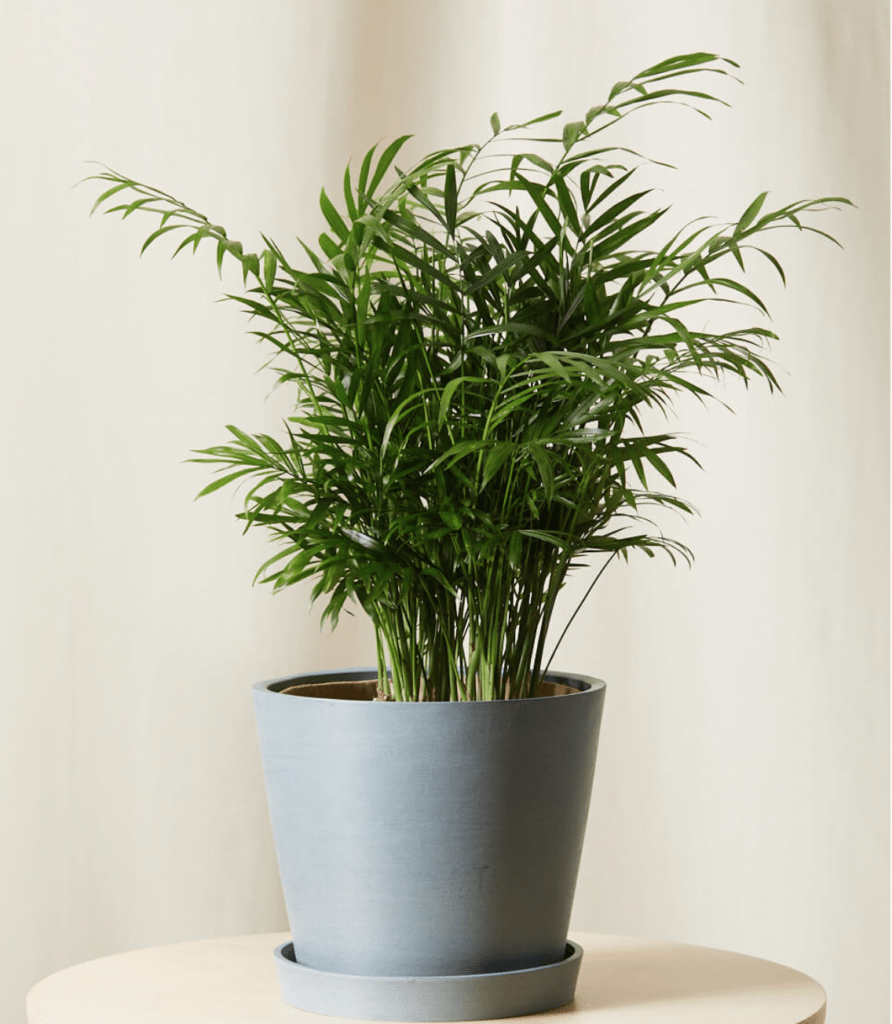
($35)
$28
“For over five years, this plant has been such a resilient and forgiving addition to my living room” – TheSill customer
5. Money Tree
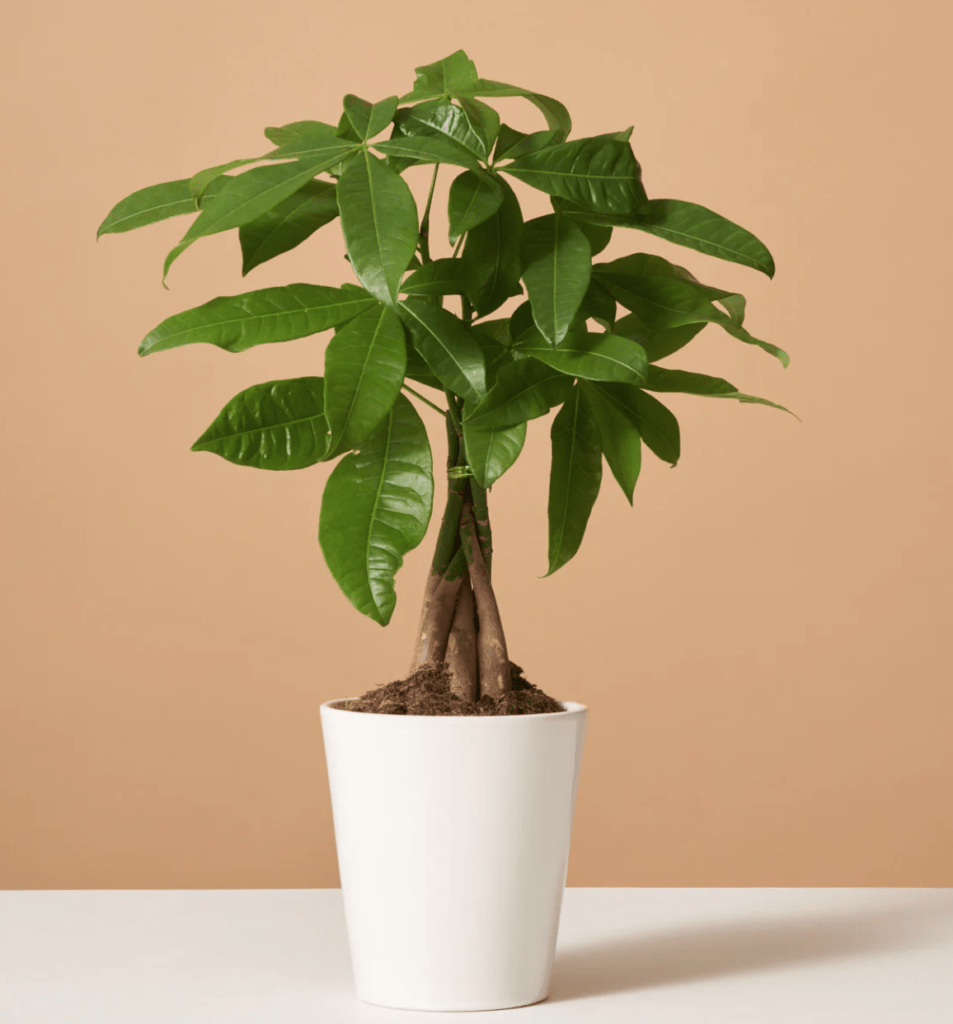
Pet safe
low light
Grows upto 8 feet
North/west/east facing windows
Pet safe
low light
grows to 8 feet
North/West/East facing windows
The Money Tree (aka Pachira aquatica), part of the Malvaceae family, has glossy, palmate leaves and often braided trunk add a touch of artistry to our decor.
We’ve placed ours in the west-facing living room on the first floor, where it enjoys afternoon light. A self-watering planter is probably best for this plant since it needs consistent moisture. Though ours is in the terracota pot which is probably the next best hings for this plant! 🙂
Care tip:
- Aim to water it every 1-2 weeks, allowing the soil to dry out slightly between waterings.
- Keep an eye out for yellowing leaves, which might indicate overwatering.
- A standout feature of this plant is its braided trunk that helps the tree store moisture, so occasional neglect in watering is often forgiven 🙂
Propagation tip:
- Select a healthy stem and cut a 6-inch piece just below a leaf node.
- Remove the leaves near the cut to prevent rotting.
- Place the stem in a glass of water, ensuring no leaves are submerged.
- Refresh the water weekly and keep the glass in a spot with indirect sunlight. Roots typically appear in about 4 weeks
Symbolism and zodiac signs:
- Symbolizes prosperity, good fortune, and financial success. Capricorns, known for their practicality, patience, and ambition, are particularly well-suited to nurture this plant.
Pros and cons
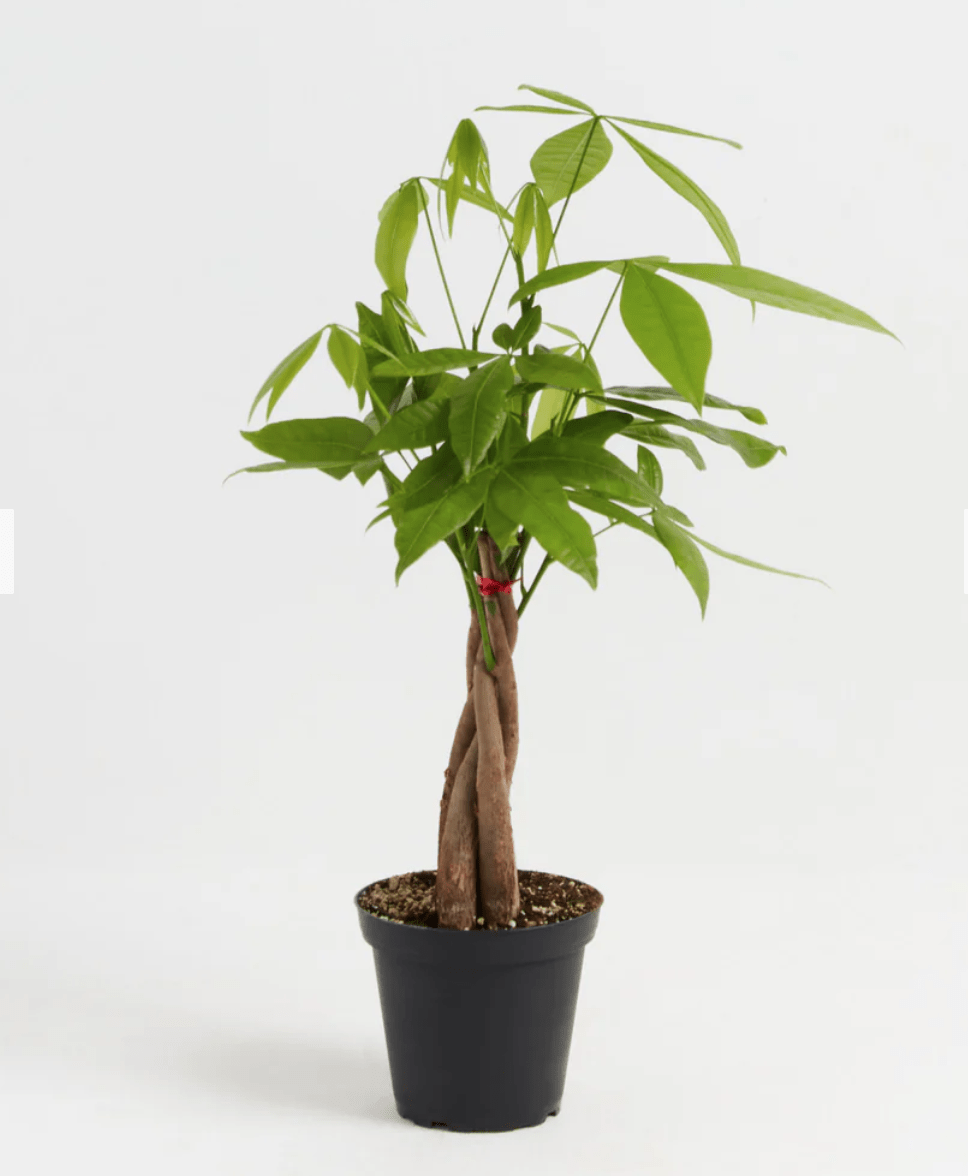
($43)
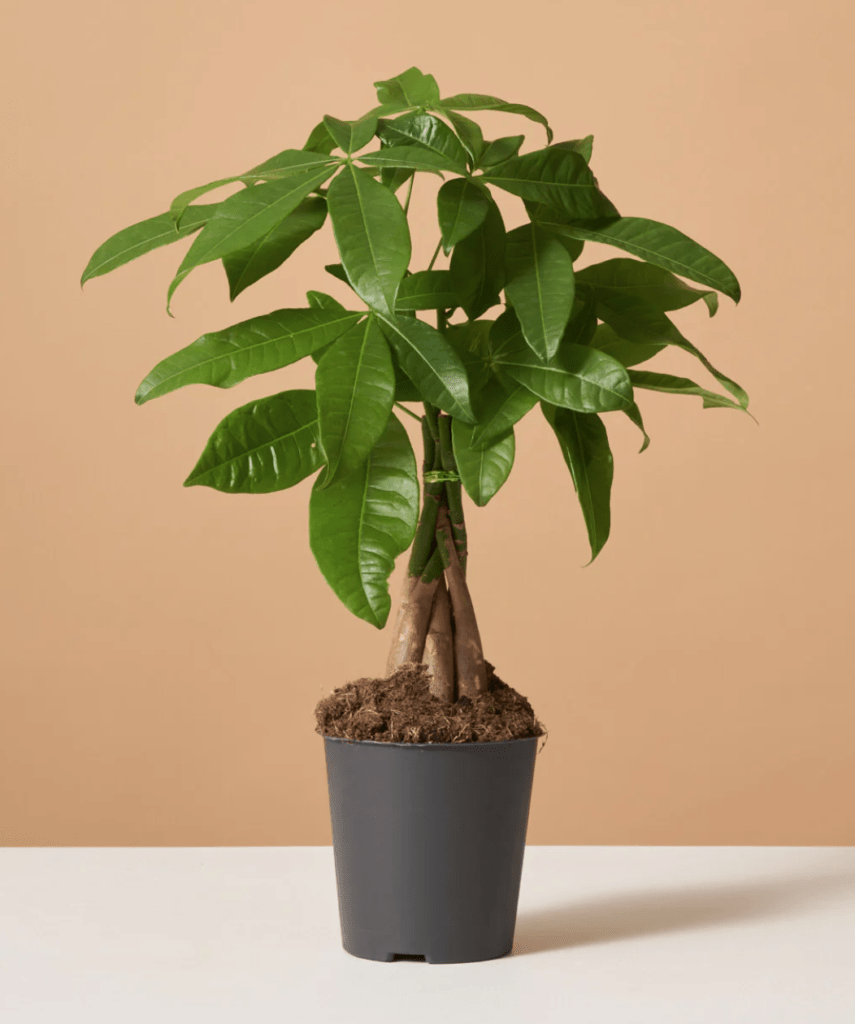
($48)
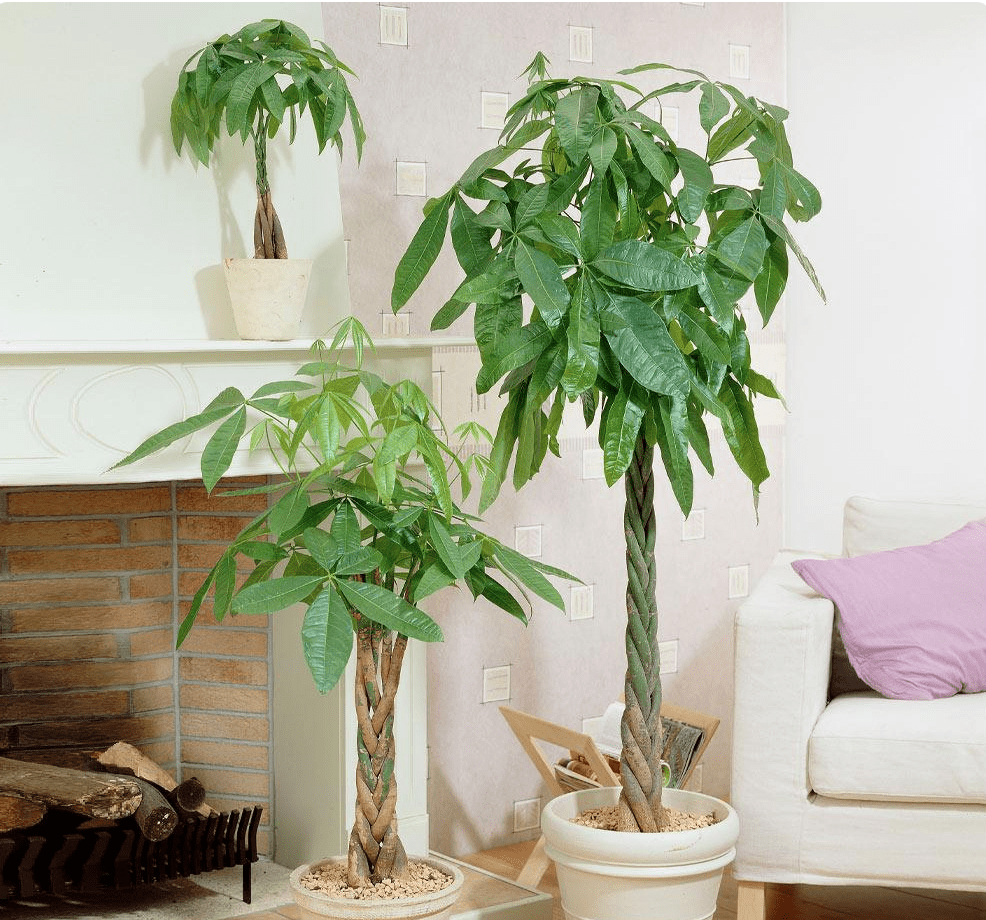
($39)
$33
“For over five years, this plant has been such a resilient and forgiving addition to my living room”
How to Make Your Indoor Tree Grow Faster?
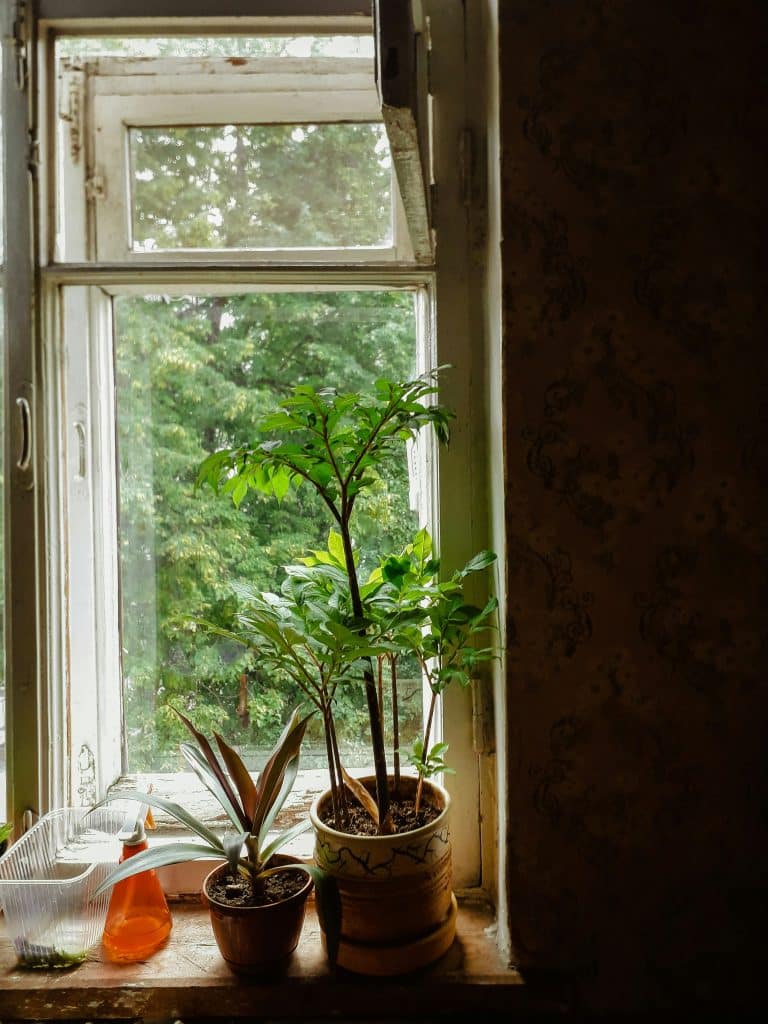
Provide the Right Light (The #1 Growth Booster)
Let’s be real—light is everything. Most indoor trees need bright, indirect light to grow at their full potential. If your plant is stuck in a dark corner, it’s not going to take off the way you want. South- or east-facing windows are best, but if natural light is limited, a full-spectrum grow light can work wonders.
Signs your tree isn’t getting enough light? Leggy growth, small leaves, or leaning toward the window. Move it closer to a light source, and you’ll see a difference within weeks.
Use the Right Soil (Fast Drainage = Faster Growth)
Your indoor tree’s roots need oxygen, and heavy, compacted soil can stunt growth. A light, well-draining mix keeps the roots healthy and prevents root rot, which can seriously slow things down.
For most fast-growing indoor trees, try this mix:
- 50% all-purpose potting mix
- 30% perlite or pumice (for drainage)
- 20% compost or worm castings (for nutrients)
Avoid moisture-retaining soils unless your tree specifically prefers it (like some palms). If water sits in the pot too long, growth will slow down.
Read also: our favorite soil and fertilizers for low light indoor trees.
Water Properly (Not Too Much, Not Too Little)
Here’s the tricky part—overwatering is just as bad as underwatering. Fast-growing trees tend to drink more, but letting them sit in soggy soil can cause root rot, yellow leaves, and stunted growth.
A good rule of thumb: water when the top 2 inches of soil feel dry. Use a pot with drainage holes so excess water can escape. And if you’re someone who forgets to water, self-watering pots or a moisture meter can be a game-changer.
Read also: how to water low light indoor trees
Fertilize Regularly (But Don’t Overdo It)
Fast-growing trees burn through nutrients quickly, so they need regular feeding. A balanced liquid fertilizer (10-10-10 or 20-20-20) every 4-6 weeks during spring and summer will boost growth.
For a natural alternative, try compost tea, banana peels, or diluted fish emulsion—just make sure not to overdo it. Too much fertilizer can burn the roots and cause leaf drop. If growth slows in winter, skip fertilizing until spring rolls back around.
Prune Strategically (Encourage Fuller, Bushier Growth)
Trimming your tree actually helps it grow faster by encouraging new, healthy growth. It also prevents legginess, especially in trees like Fiddle Leaf Figs and Weeping Figs.
Here’s how to prune properly:
- Trim leggy branches to encourage bushy growth.
- Remove dead or damaged leaves to redirect energy to healthy parts.
- Cut just above a leaf node to encourage new shoots.
It might feel scary to cut back a healthy plant, but trust me—your tree will thank you with stronger, fuller growth.
Repot When Necessary (Give Those Roots Room to Grow)
Fast-growing trees outgrow their pots quickly, which can slow down growth if the roots become too cramped. If you see roots poking out of the drainage holes or the plant drying out too fast, it’s time for a new pot.
How often should you repot?
- Every 1-2 years for most fast growers.
- Use a pot 1-2 inches wider than the current one.
- Always refresh the soil when repotting to replenish nutrients.
If you’re not ready for a bigger pot, you can also root prune—trim back about 20% of the roots and replant in the same pot with fresh soil.
Read also: best pots for low light trees
Common Problems with Fast-Growing Indoor Trees (and How to Fix Them)
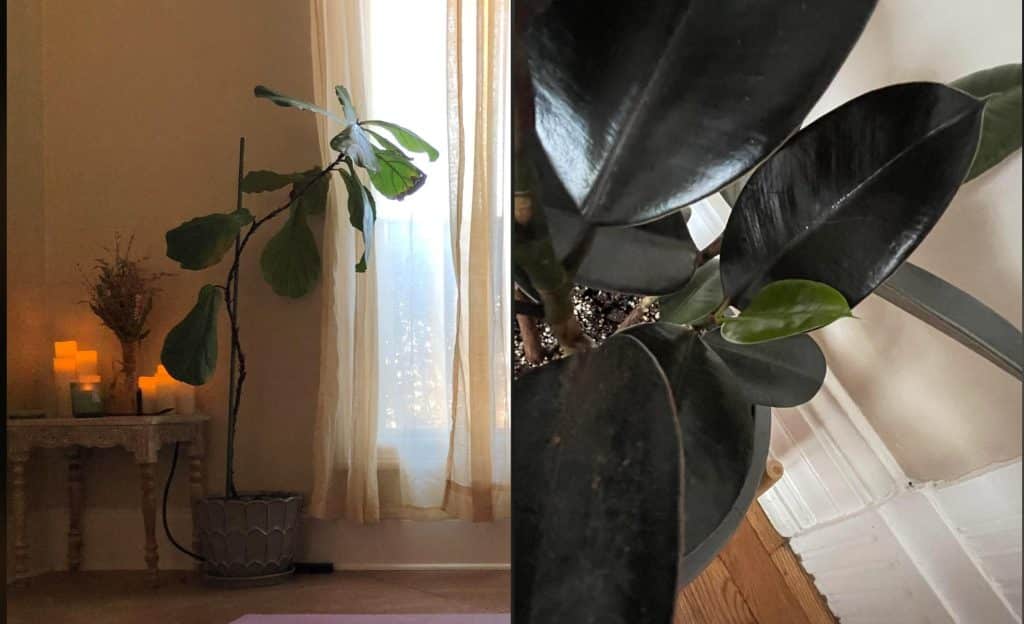
My Tree is Growing Too Tall, Too Fast!
- Cause: Lack of pruning or excessive fertilizing.
- Solution: Trim back the top regularly to control height and encourage bushier growth. Avoid over-fertilizing, which can lead to leggy, weak growth.
The Growth is Fast, But the Trunk is Weak
- Cause: Insufficient light or poor airflow, causing weak stems.
- Solution: Rotate the plant weekly to ensure even light exposure and encourage strong growth. Place near a gentle fan to mimic natural outdoor conditions and strengthen the trunk.
The Leaves Are Large, But the Tree is Sparse
- Cause: Lack of pruning and inconsistent lighting.
- Solution: Regularly pinch back new growth to encourage fullness. Move the tree to a brighter spot if it’s stretching toward light.
The Tree is Growing Fast, But the Leaves are Small
- Cause: Nutrient deficiency or improper watering.
- Solution: Use a balanced fertilizer every 4-6 weeks. Ensure the plant is getting enough water but isn’t sitting in soggy soil.
The Roots are Outgrowing the Pot Too Quickly
- Cause: Fast growth means the tree is getting root-bound.
- Solution: Repot every 1-2 years into a slightly larger pot with fresh soil to support continued healthy growth.
Conclusion
If you want to quickly green up your space, fast-growing indoor trees like the Fiddle Leaf Fig, Rubber Tree, and Areca Palm are fantastic choices. With the right care—proper light, watering, and occasional fertilizing—you’ll see noticeable growth within months! Whether you’re a beginner or a seasoned plant parent, these trees offer instant impact, cleaner air, and a vibrant indoor atmosphere. Ready to bring one home?

